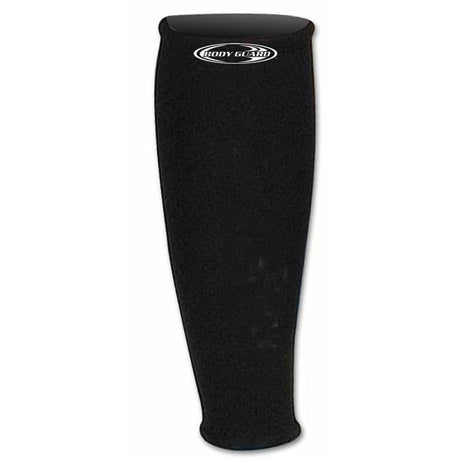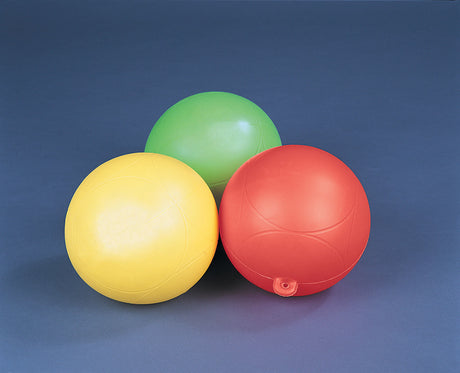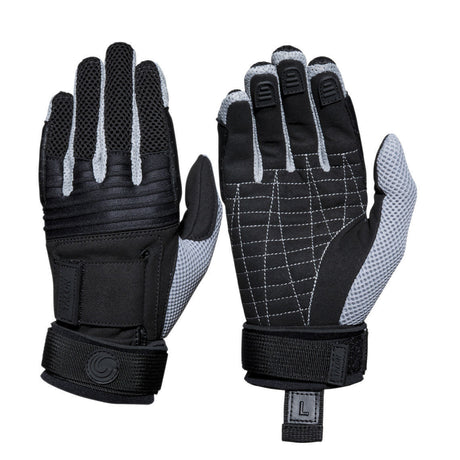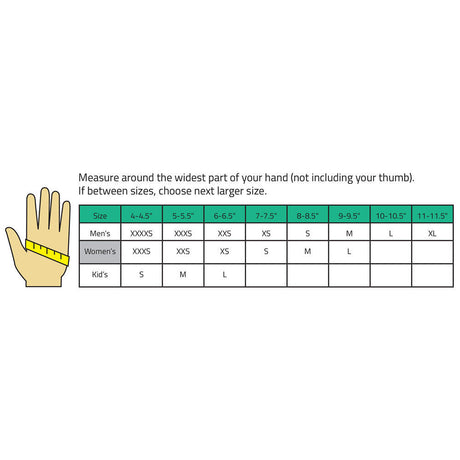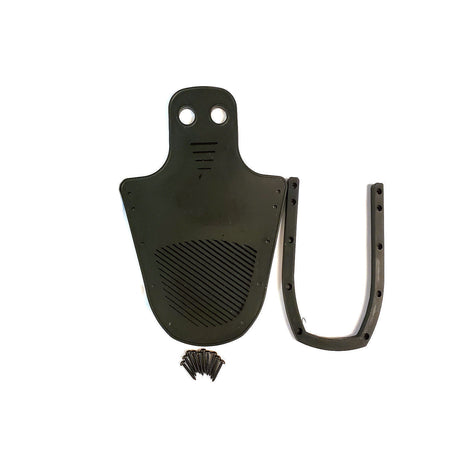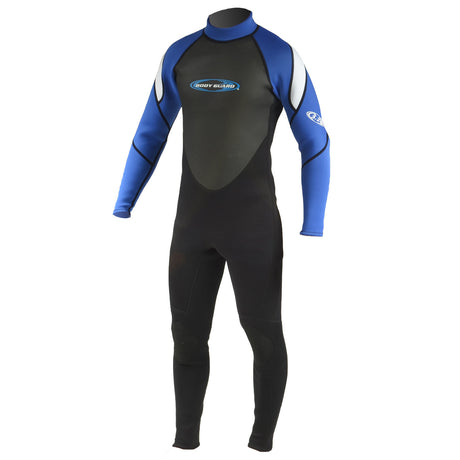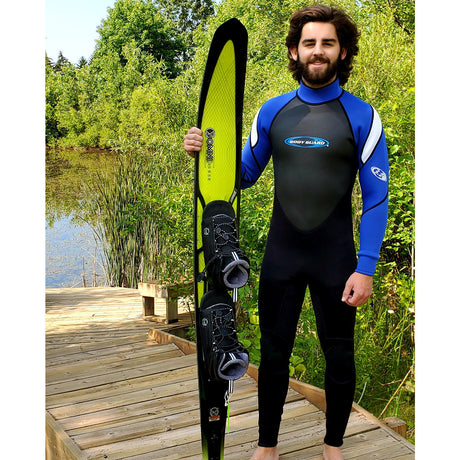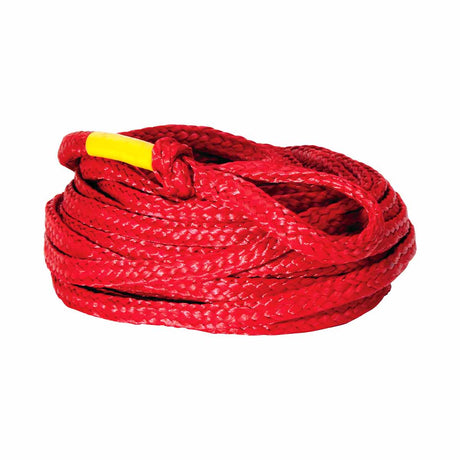Picking the right bindings for your water skis is as important as the ski itself: Bindings secure your feet to the ski, ensuring you have good stability and control when you're cruising and carving. But with so many different types of boots and bindings available, figuring out what you need -- even as a veteran skier -- can be a challenge.
Here's a quick, detailed comparison of the various types of water ski boots and binding hardware.
Types of Water Ski Boots
Water ski boots are split into two categories: Open-toe and closed-toe. Boots can be worn on both the front and rear foot, or only the front foot. If you opt for a boot on just the front foot, you'll need a rear toe plate -- but more on that later.
Closed-Toe Ski Boot

Close-toe boots (like the Connelly Sync, above) became all the craze in the mid 2000s, when industry makers took cues from snowboarding and introduced the closed-toe design. The closed toe box promised improved response and control, insulation and warmth in cold water, and better fitment.
In practice, none of these things are true. Closed-toe water ski boots simply cover up your toes but, at best, they provide a bit of extra support. Although many skiers choose the closed-toe boot, it's primarily out of personal preference.
Open-Toe Ski Boot

Open-toe boots (like the Radar Lyric) have been around for decades. Like closed-toe boots, picking an open toe primarily depends on personal preference. If you don't enjoy the feeling of your digits being enclosed inside a wet boot, the open toe is the better choice.
Open-toe ski boots can, in fact, provide marginally better control than a closed-toe boot. The laces and straps on an open-toe boot can compress the fabric atop the feet more tightly, since there's no toe box giving resistance to the fabric's compression.
Water Ski Boot Sizes Aren't Exact
Water ski boots are made to fit a range of shoe sizes. For example, one brand's "Small" boot might fit shoe sizes ranging from 5 to 7, while another brand's "Small" boot could fit shoe sizes from 4 to 8. It's also important to note that some bindings are specific to men or women.
See our ski boot/binding size guide for more info. You'll need to convert your US shoe size to the appropriate ski boot size based on the brand and boot model, which are described in this guide.
Types of Water Ski Bindings
First, a little clarity: Skiers like to use the terms "boot" and "binding" interchangeably. Technically, all water ski boots are bindings -- but not all bindings are boots. So, let's look at all the "not-a-boot" types of bindings.
Although skiers can and often do wear front and rear boots, the bindings we compare below are only worn on the rear foot.
Rear Toe Plate (RTP)
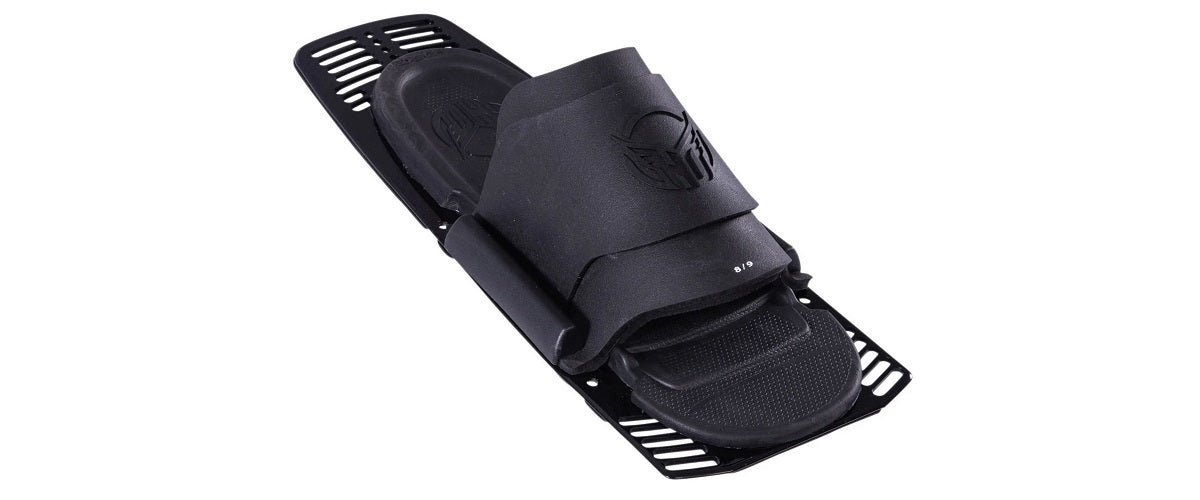
Rear toe plates, often abbreviated "RTPs," (like this HO Sport) are the most popular ski bindings used for the rear foot. They use a stiff compound -- usually rubber -- to form what is effectively a sandal secured to a plate. The plate is bolted to the ski. This open binding leaves the heel and and toes free to move for better control, while also making it easy to put on and take off the ski.
RTPs get their name from the flat plates that secure the binding to the ski. These plates are typically made from aluminum, polymer composites, or carbon fiber.
Like ski boots, RTPs are made to fit a range of shoe sizes and are typically sold in "Small," "Medium," and "Large/XL" options. The ski boot size guide we mentioned earlier also provides shoe size conversions for rear toes.
Adjustable Rear Toe Plate (ARTP)

Standard rear toe plates have no means of adjusting the fit. If your feet are narrow, flat or simply too small, you may not achieve a good fit inside the binding. Adjustable rear toe plates (like the Women's Stance ARTP from HO) account for this by providing laces, or Velcro straps, to provide a tighter fit.
To allow for proper adjustment, These RTPs usually ditch the stiff rubber compounds found in standard RTPs for a more flexible and compressible fabric, usually nylon with foam cell padding.
Because of their adjustability, ARTPs are "one-size-fits-all" bindings.
Rear Toe Strap (RTS)
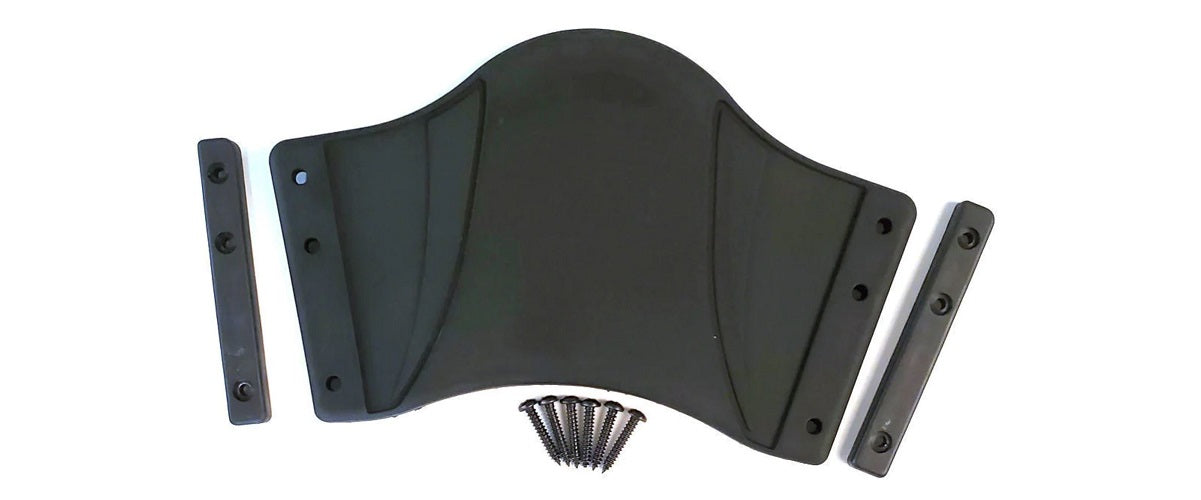
Rear toe straps (RTS) are typically found on combo skis. They provide a simpler method for securing the rear foot when the rider wishes to convert to a slalom setup, riding with just one of the two skis. Unlike an RTP, the RTS bolts directly to the the ski without a plate. Instead, it uses screws and two metal bars that secure each side of the strap.
Hybrid Rear Toe (HRT)

Some skiers find that rear toe plates don't provide the support and control they need -- but they also find that a full boot is too restrictive and inconvenient when it comes to lacing up.
To provide the best qualities of both RTPs and boots, the hybrid rear toe (HRT) was made. This rear binding falls somewhere between a rear toe plate and full boot, providing a low ankle and open toe with a more shoe-like casing that encompasses the foot and part of the heel.
Hybrid rear toes use standard plates, like RTPs.
Combo Ski Bindings

Combination water skis often use a "split boot" design for bindings. These consist of a static rubber strap that fully encapsulates the front of the foot, with a separate rear heel assembly that slides forward and backward to adjust for the rider's foot size.
These combo bindings are like RTS bindings: They don't use plates, but instead bolt directly to the top of the skis using metal bars and screws. These bindings are best for beginners and casual skiing -- although convenient to put on and take off, these bindings don't afford the same level of comfort, support, and control of a full boot, RTP, or HRT.
Boot/Binding Laces & Fasteners

Whether it's a boot, adjustable rear toe plate, or hybrid binding, virtually all water ski bindings use locking laces of some fashion. This HO Stance 110 Front Binding illustrates both common lace types: A standard static lace for the lower section of the boot, with an adjustable bungee lace fastening the ankle for easier entry and exit.

In recent years, the BOA Fit system -- originally used on snowboard boots -- has made its way to water ski bindings. This is a "precision-fit" locking lace that uses a rotating adjustment knob to dial in the compression and fitment of the binding. The BOA System also feature a quick disconnect that loosens the laces by depressing the center of the adjustment knob, making removal easier.
Now that you've seen all the available ski bindings, you can confidently pick the perfect pair. Check out our ski binding selection! We also have slalom ski combos that come with skis and bindings, so you'll be ready to ride with just one click.
Don't forget to reference our binding size guide to make sure you're getting the right pair based on the make and model.



